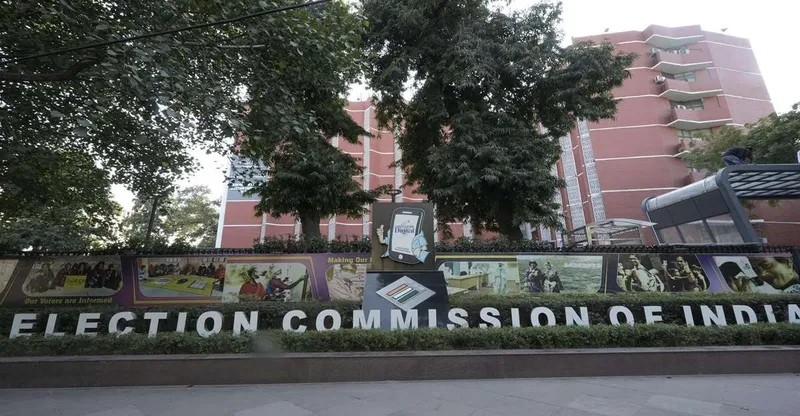India Begins Search for New Vice President Following Dhankhar’s Resignation
In a significant development, the Election Commission of India (ECI) has initiated the process to elect a new Vice President after Jagdeep Dhankhar stepped down from the post citing health reasons. His resignation was formally submitted to President Droupadi Murmu on July 21.
The Ministry of Home Affairs (MHA) officially recognized his resignation through a Gazette notification dated July 22, 2025. The ECI, as per Article 324 of the Constitution, is now duty-bound to oversee the election of Dhankhar’s successor.
This marks the beginning of a crucial political process in India. The Vice President’s role, while largely ceremonial in nature, carries immense significance — especially in legislative affairs, as the Vice President is also the Chairperson of the Rajya Sabha (Upper House of Parliament).
In a press statement, the ECI affirmed that preparations for the Vice-Presidential Election 2025 are already underway. These include compiling the Electoral College — a group made up of both elected and nominated members of the Rajya Sabha and Lok Sabha — appointing key officers to manage the election, and compiling historical data on past elections to inform the process.
Once all preparations are in place, the Commission will formally announce the schedule for the election.
Until a new Vice President is elected, the Deputy Chairman of the Rajya Sabha will temporarily handle parliamentary duties. However, it’s important to note that this interim setup does not grant the Deputy Chairman the status or full powers of an acting Vice President.
Legal and constitutional experts highlight that while the Constitution urges the Election Commission to act “as soon as possible,” such vacancies are typically filled within a six-month timeframe. Notably, the newly elected Vice President will begin a fresh five-year term, rather than completing the remainder of Dhankhar’s term.
This unfolding chapter serves as a reminder of the resilience of India’s democratic framework — and how it continues to function with dignity and order, even during transitions.



